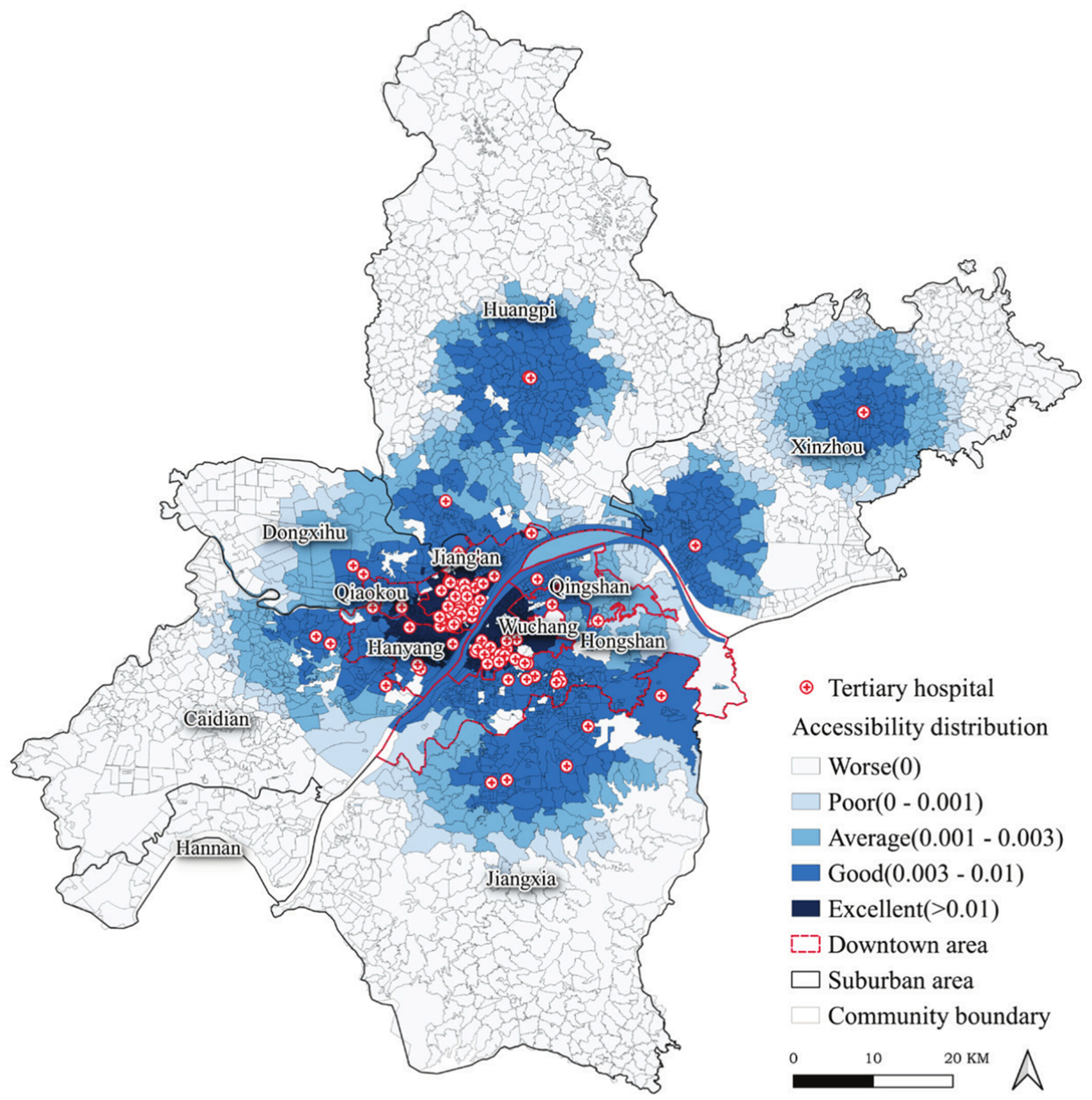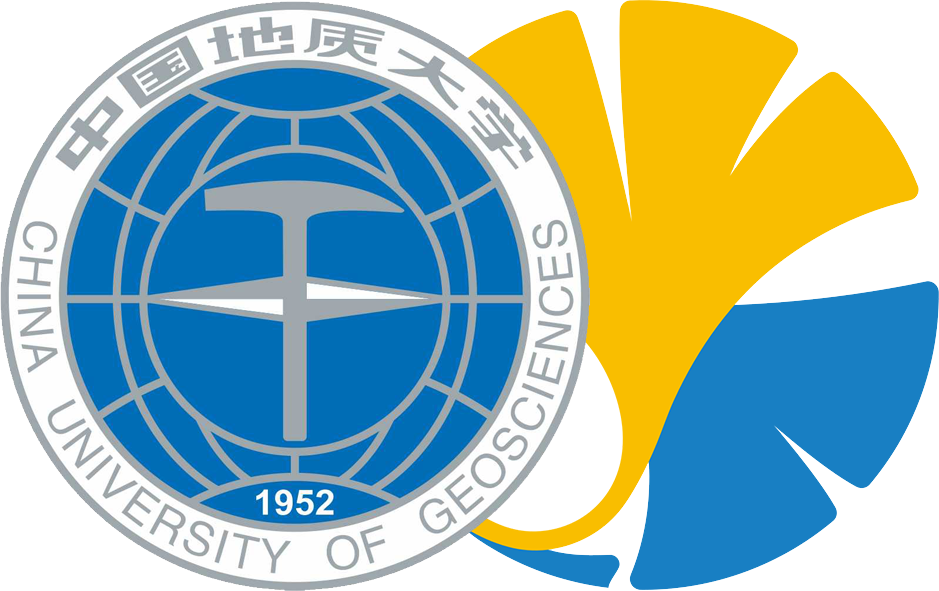Title: Evaluation and Spatial Optimization Model of Urban Medical Resource Distribution Considering Equity and Efficiency

Abstract
The rapidly increasing demand for medical resources in accelerating urbanization countries is facing the challenge of unequal resource distribution. Despite numerous studies on the siting of medical resources aimed at improving public accessibility and efficiency to these resources, there is comparatively less research focusing on the equity of access to medical resources. This study establishes a framework that optimizes the distribution of medical resources by considering both equity and efficiency. We introduce an optimization allocation model for both equity and efficiency based on the location set coverage problem (LSCP). The model combines region growing algorithm and genetic algorithm to optimize site selection for hospitals. Taking Wuhan as the study area, the results demonstrate that the optimized service coverage increases by 21.2%, and the number of people served has reached 87.3%. The hospital bed utilization rate in downtown areas reaches 92.89%, while it exceeds 99% at suburban hospitals. The optimized site selection significantly enhances medical resource utilization efficiency, effectively addressing the resource distribution inequity between urban and rural areas. This study offers a novel approach to optimizing medical resource allocation, effectively balancing equity and efficiency, and providing valuable theoretical underpinnings for enhancing medical service systems in emerging urban areas.
Keywords
equity and efficiency;
medical resources;
spatial distribution;
spatial optimization model
Full Text Download
Q.E.D.









